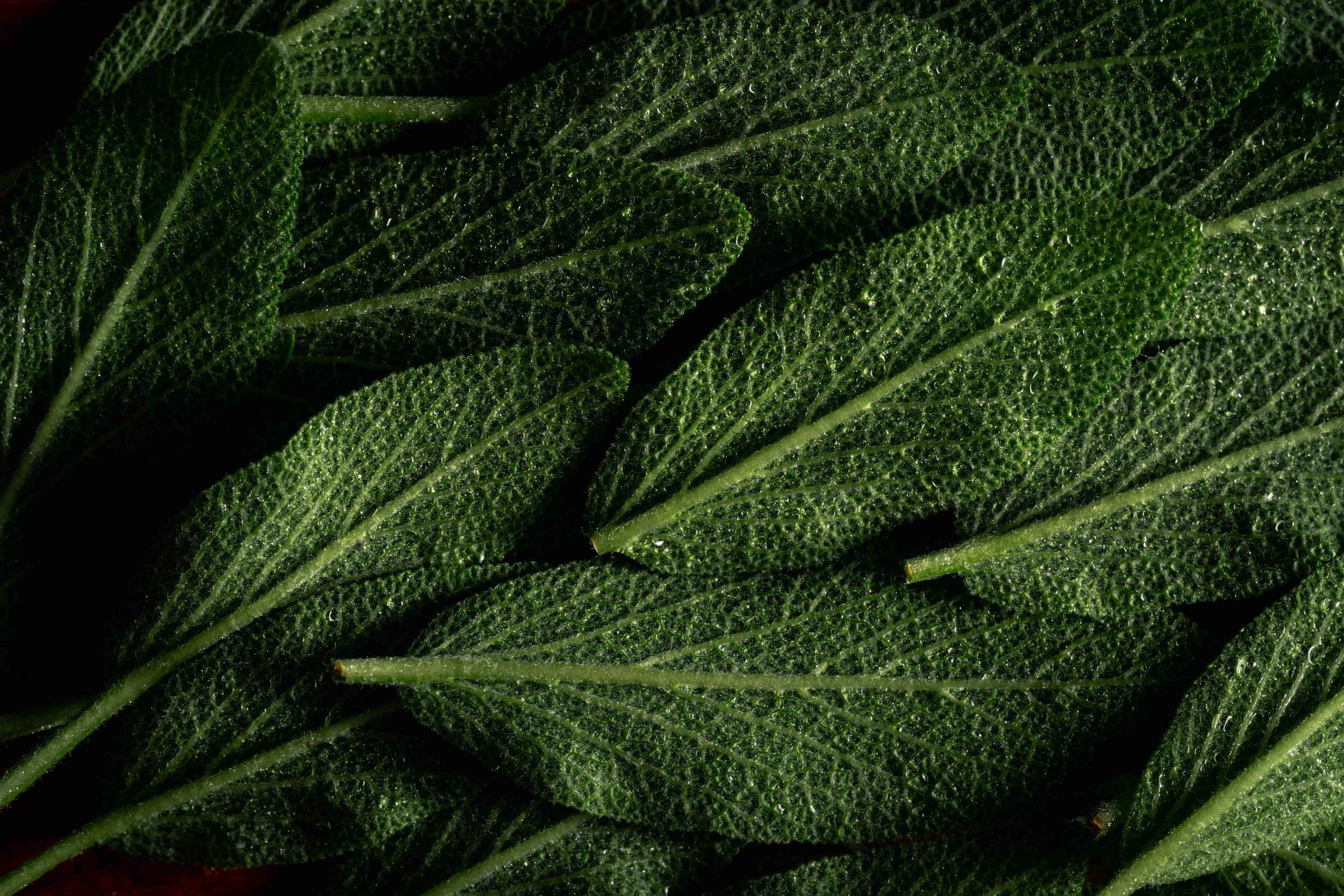
Sage
Sage is a perennial herb native to the Mediterranean region. Its botanical name is Salvia officinalis, and it is a member of the mint family. The plant has a long history of use for both culinary and medicinal purposes.
In ancient times, the Greeks and Romans used sage as a remedy for a variety of ailments, including digestive problems and sore throat. During the Middle Ages, sage was believed to have supernatural powers, and it was used in many rituals and ceremonies. The herb was also an important ingredient in many traditional remedies, and it was used to treat a wide range of ailments, from head to toe.
When it comes to cooking, sage is one of the most versatile herbs. It has a strong, pungent aroma and a slightly bitter, earthy flavor. The leaves can be used fresh or dried, and they are a staple ingredient in many savory dishes.
Sage is particularly popular in Italian and Mediterranean cuisine. It is a key ingredient in the classic Italian sausage and herb mixture known as the "Sage and Onion Stuffing." Sage also pairs well with other ingredients commonly used in Mediterranean cuisine, such as olives, tomatoes, and cheese.
Sage is also a common ingredient in many traditional dishes from around the world, including English roasted meats and stews, German bread and butter pudding, and Hungarian goulash. In the United States, sage is often associated with Thanksgiving, where it is used in the stuffing for the traditional roasted turkey.
In addition to its culinary uses, sage has a long history of use as a natural remedy. Today, many people continue to use sage for its supposed health benefits, including its antibacterial properties, its ability to improve digestion, and its ability to boost memory and cognitive function.
Here are some dishes that go well with sage:
Roasted meats: Sage is a popular herb used to flavor roasted poultry, pork, and lamb. It's especially delicious when combined with garlic, rosemary, and lemon.
Stuffings: Sage is a staple in traditional turkey and chicken stuffings, and it adds a delicious and savory flavor to the dish.
Sauces and gravies: A few leaves of sage can add depth and complexity to sauces and gravies, especially when combined with other herbs such as thyme, rosemary, and black pepper.
Vegetables: Sage is a great way to add flavor to vegetables, especially winter squashes, Brussels sprouts, and potatoes.
Pasta dishes: Sage adds a rich and savory flavor to pasta dishes, and it's often used in combination with garlic, lemon, and Parmesan cheese.
Soups and stews: Sage is a classic ingredient in hearty soups and stews, and it's often used to flavor soups made with potatoes, carrots, and leeks.
Overall, sage is a versatile herb that can be used in a variety of dishes to add depth, flavor, and aroma. Whether you're roasting a turkey, making a stuffing, or sautéing vegetables, sage is a great herb to have on hand in the kitchen.
